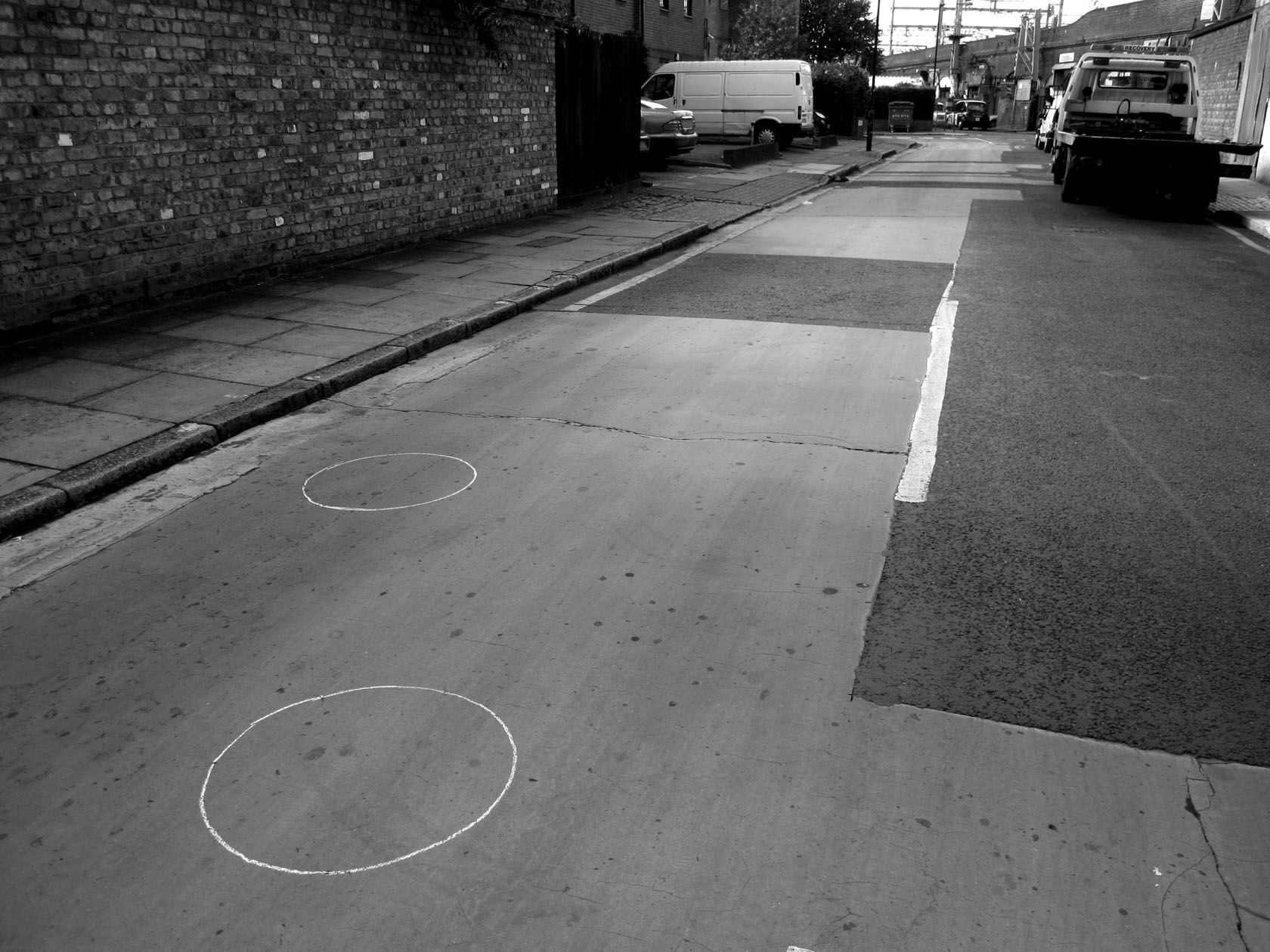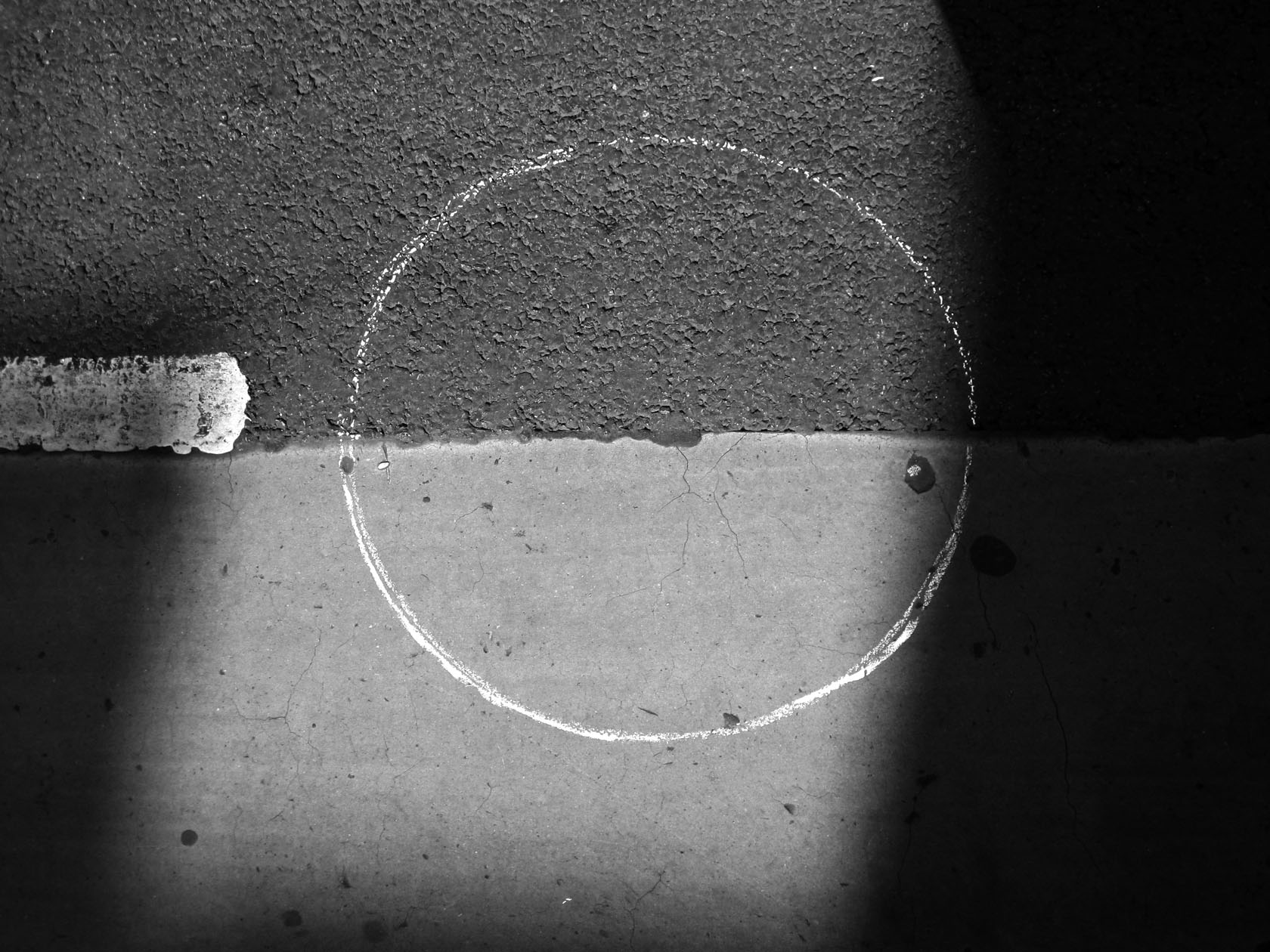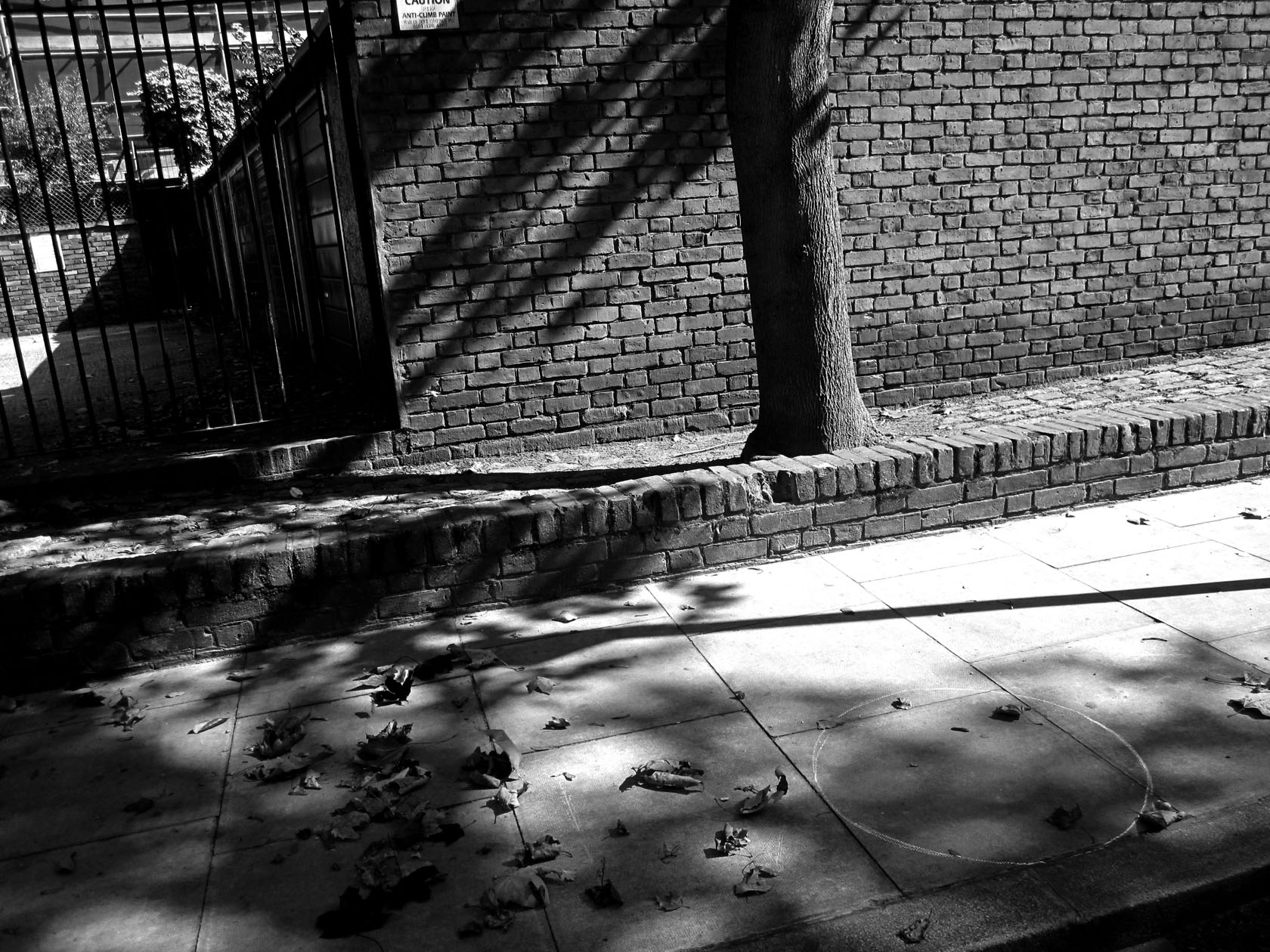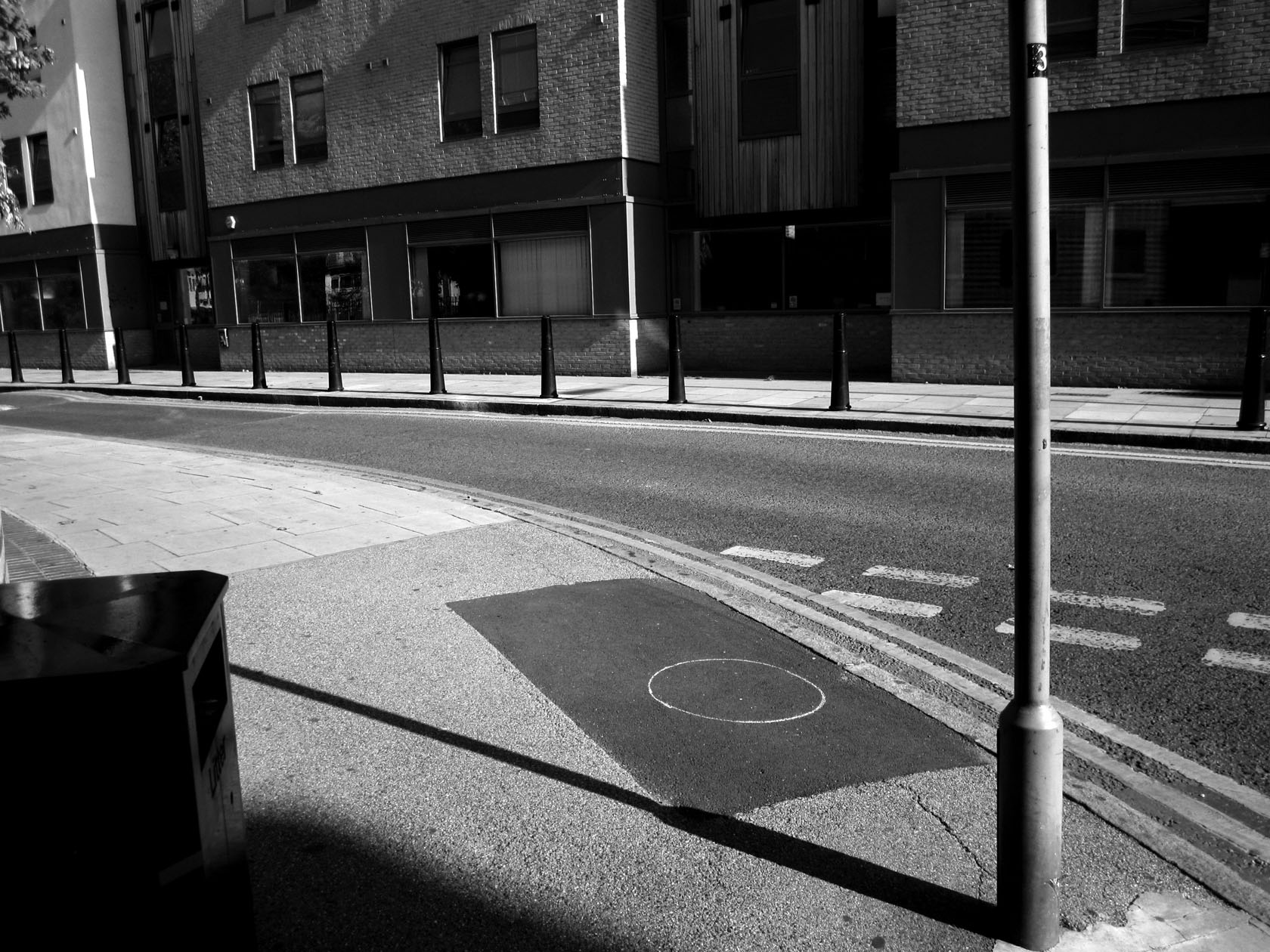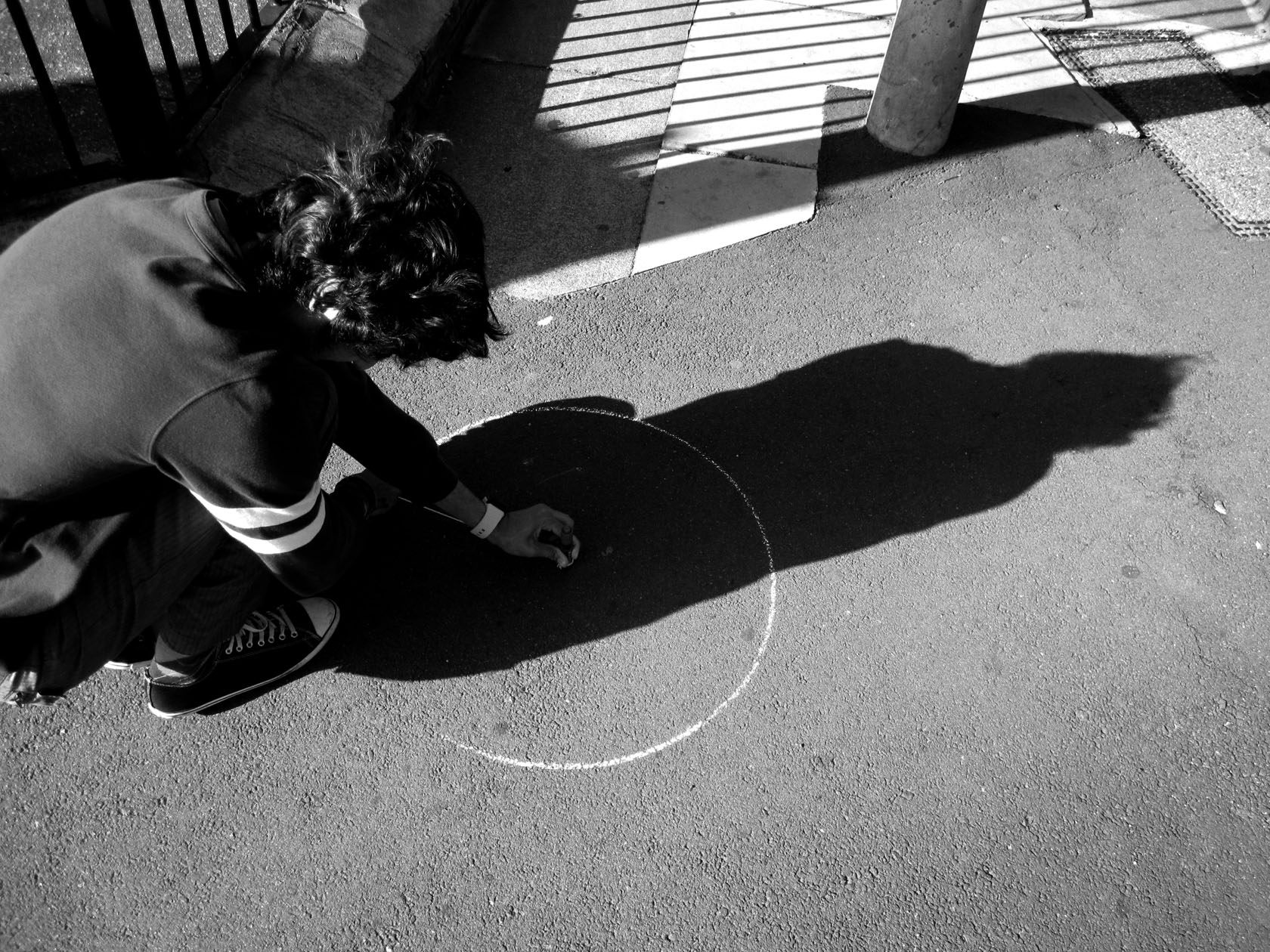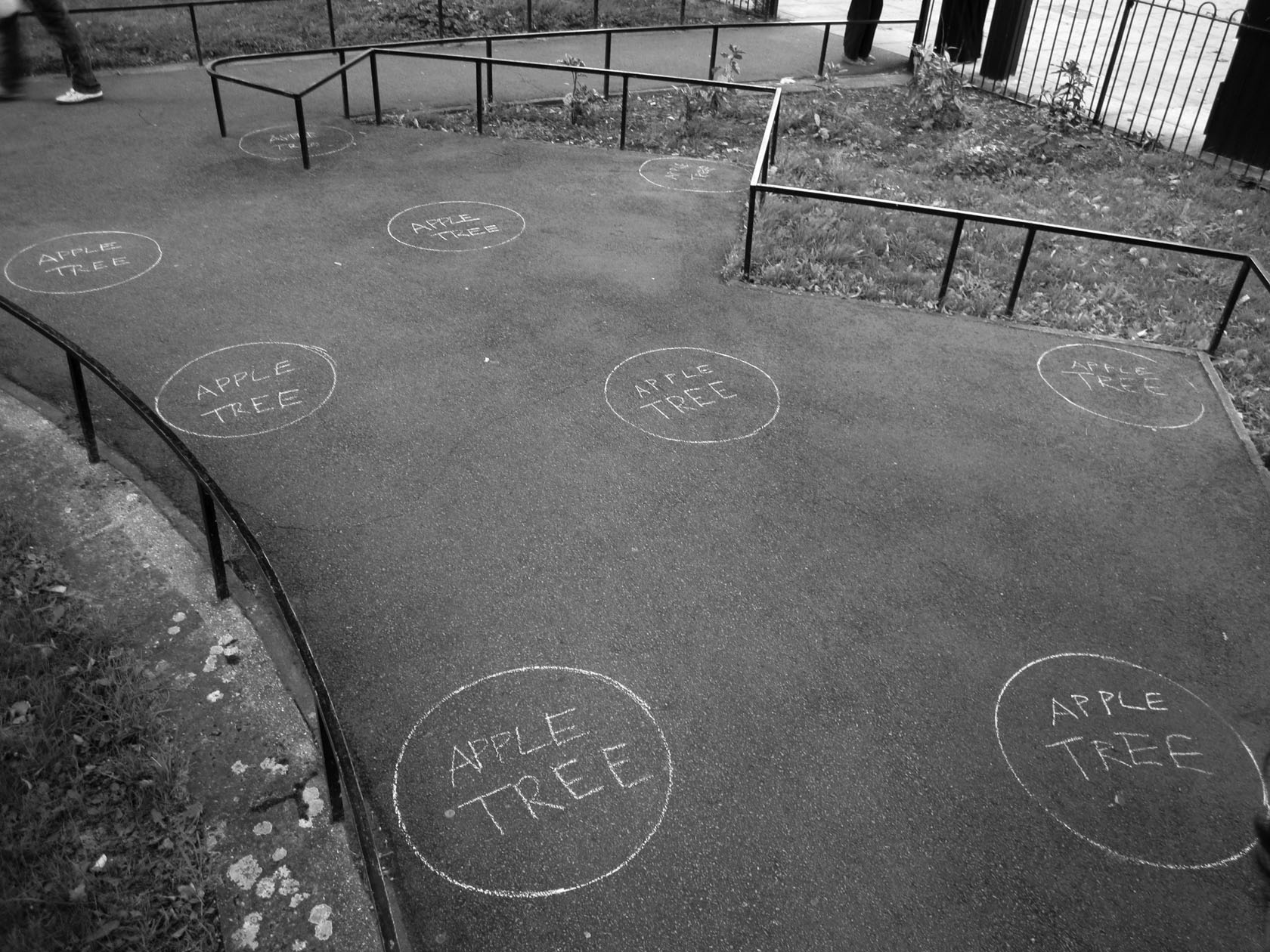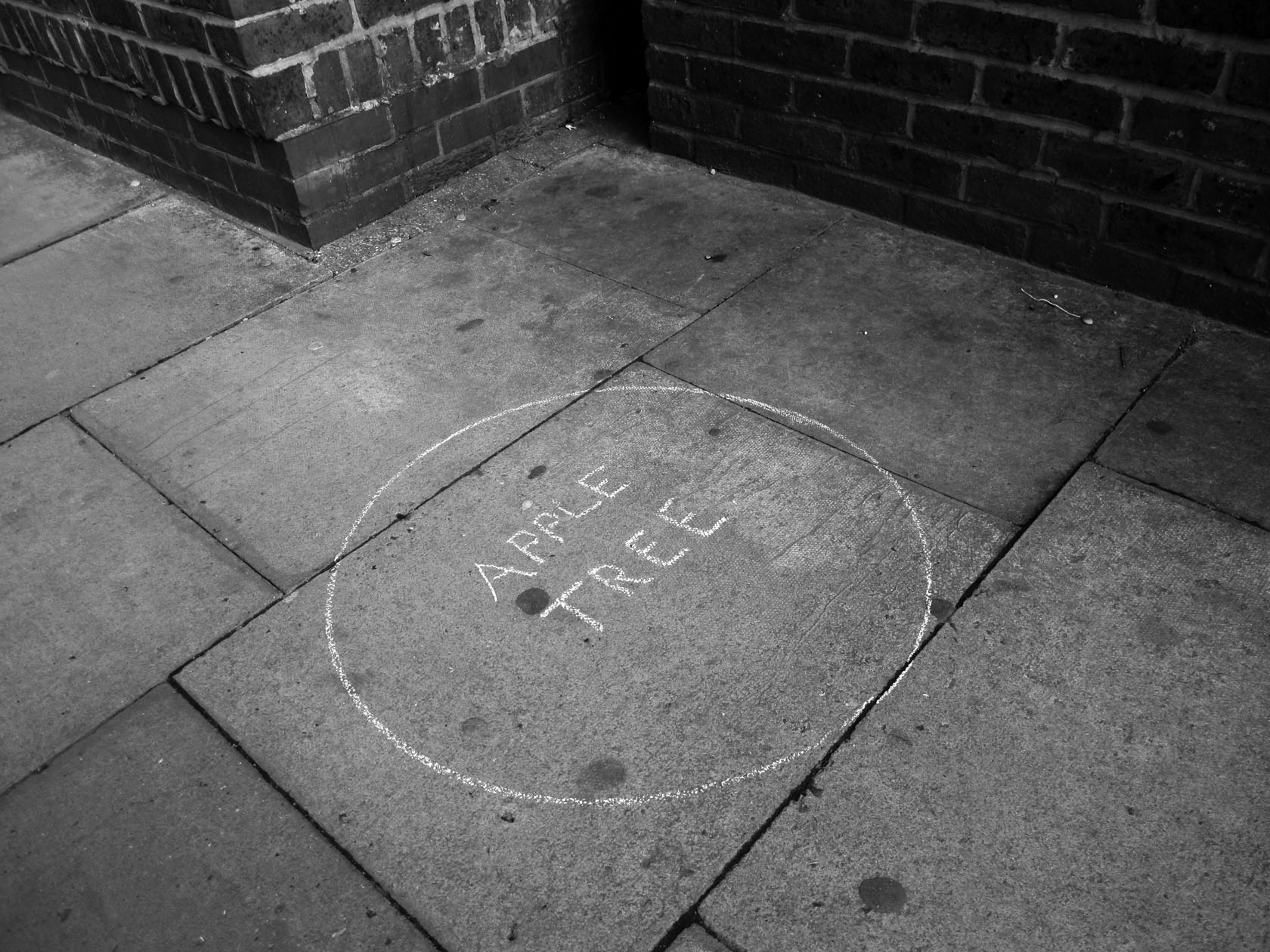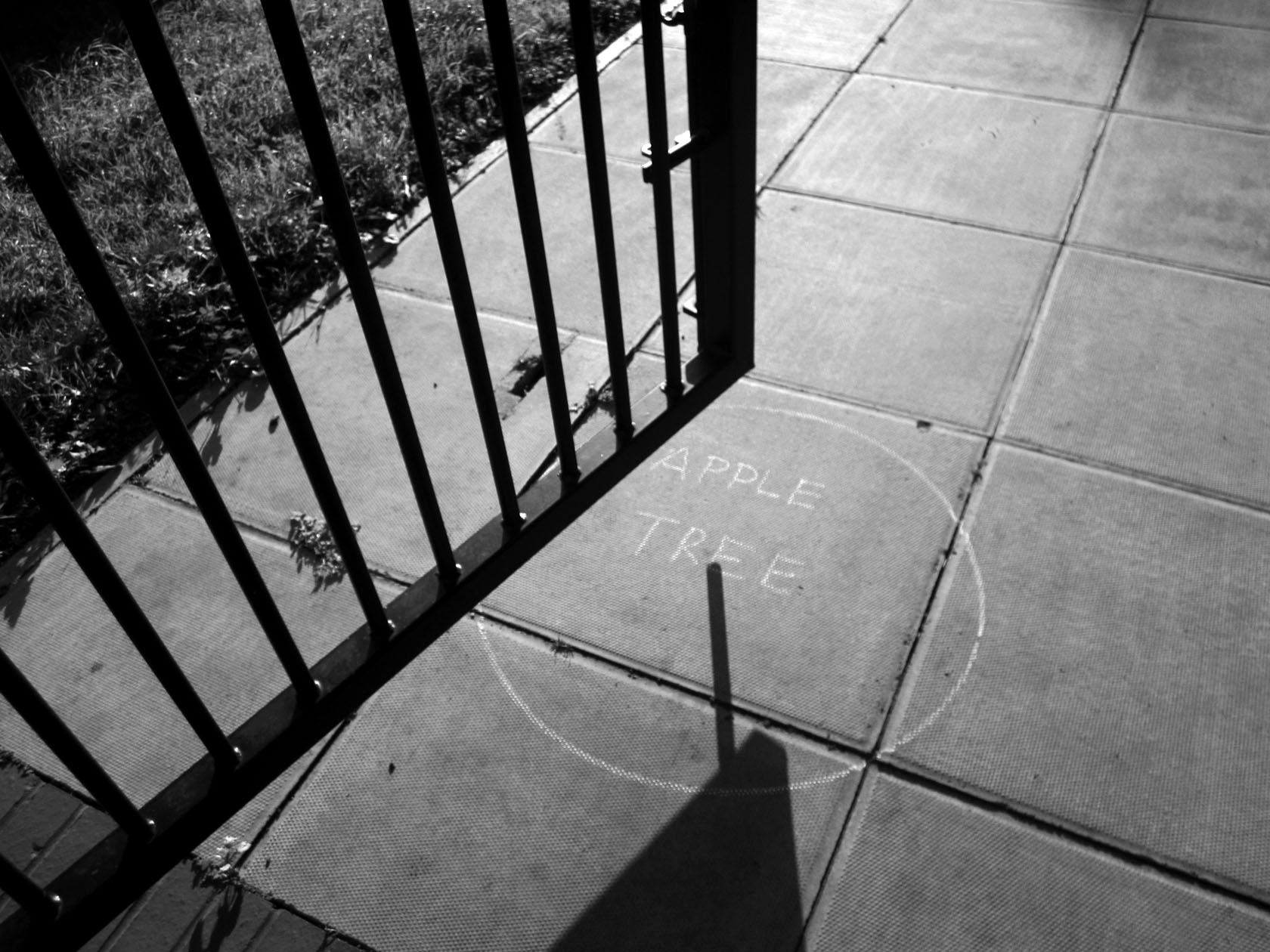For each number I produced seperate pieces using four different systems. The systems I used to create the pieces were: Symmetry, Chance, Progression and Collaboration
The grids within the group were later compiled together in two larger pieces. One contained all the high numbers, and the second contained all the low numbers.


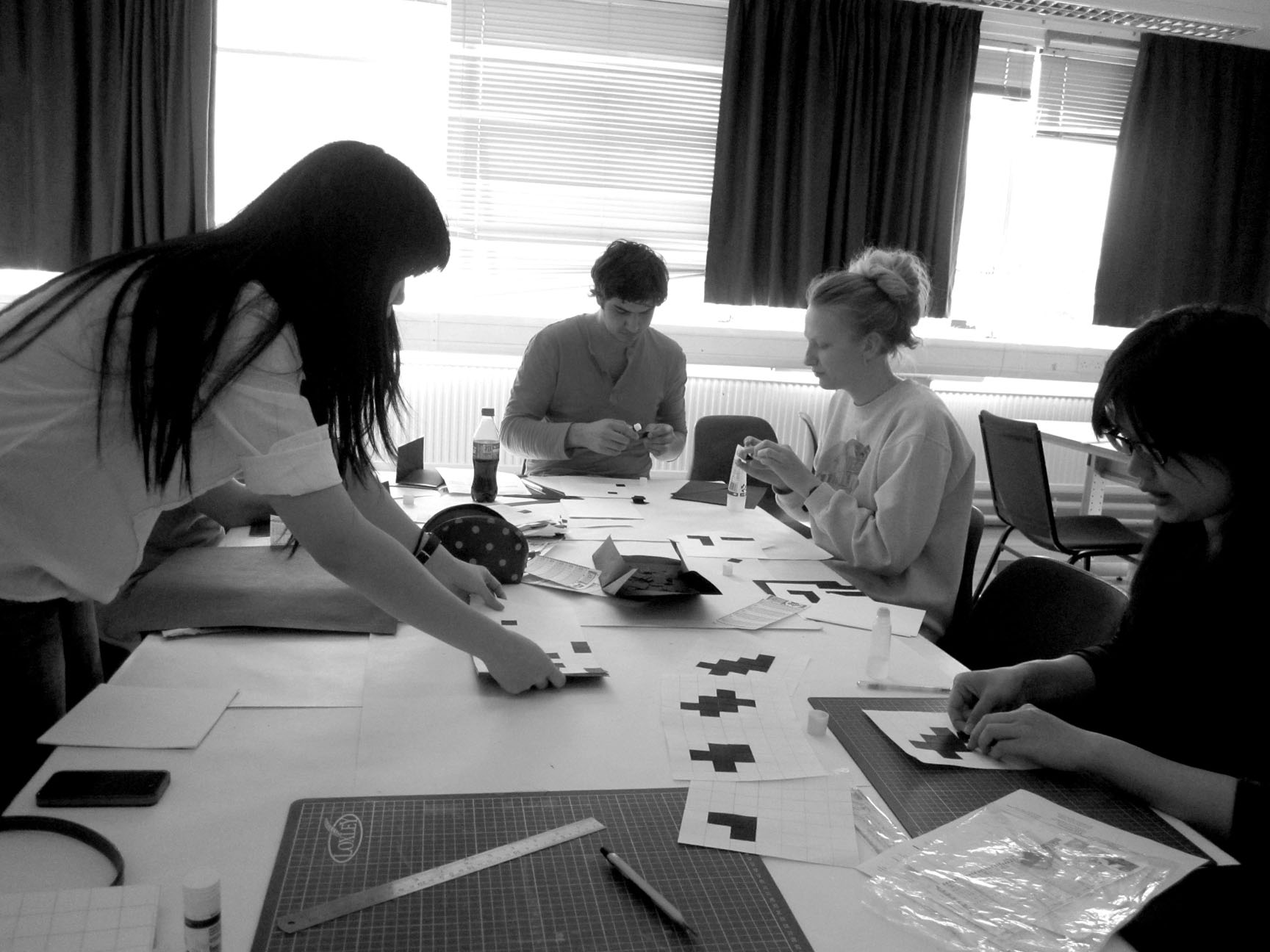

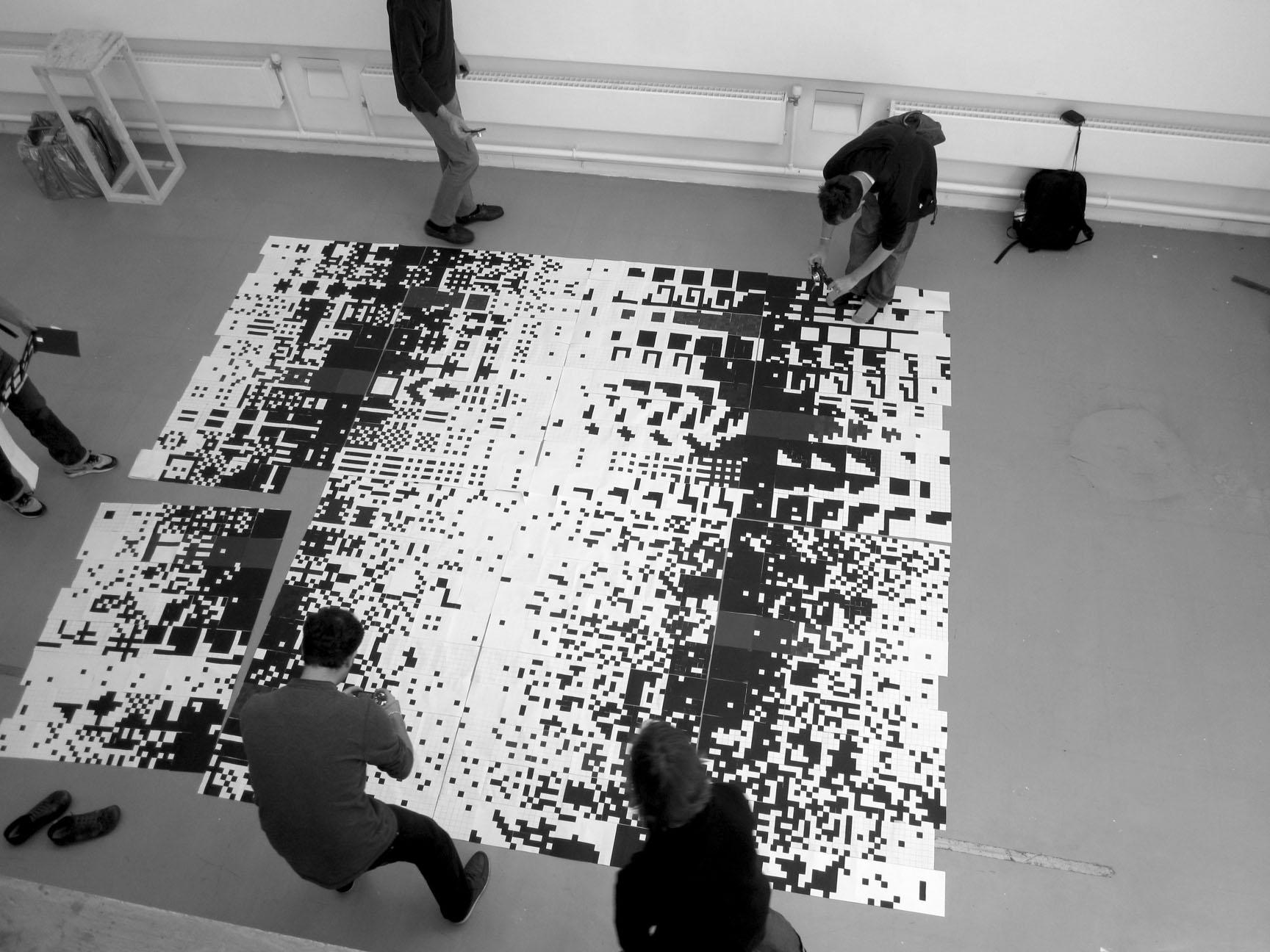
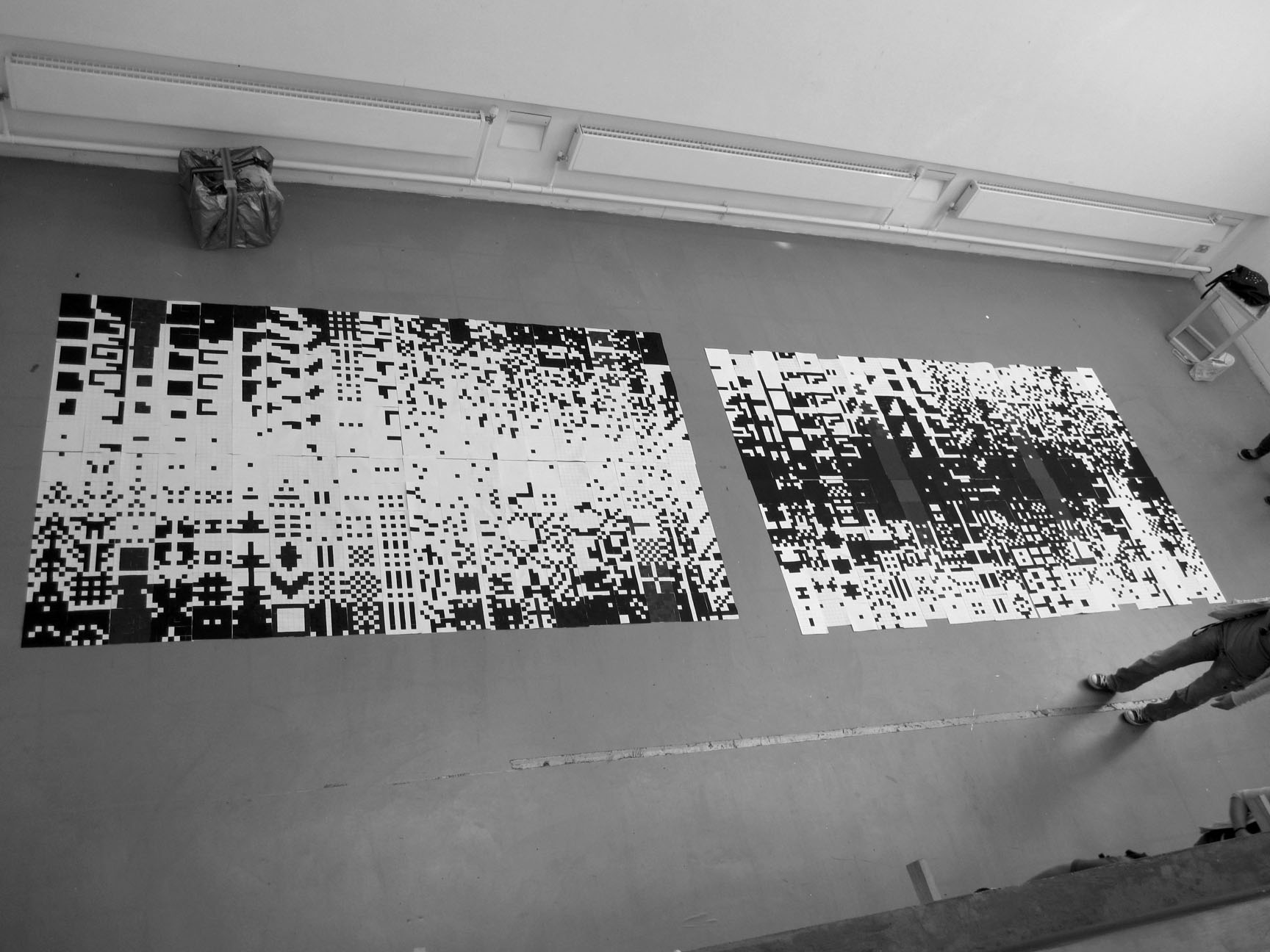
Scaling
Scaling experiments using a metre bar and a metre long type bar. It is the act of making sense of the space that is excites me. The function of the black piece of paper acts as a tool to equip the viewer with a scaling device. Rather than telling the viewer the actual length of the wall, they are provided with a tool, the scale bar, which allows them to piece together the information for themselves resulting in them actively engaging with the image rather than taking a passive approach. In addition the viewer is able to extract information regarding the length remaining beside the scale bar as well as the overall size of the space.
By incorporating the size on the scale bar using type, the viewer requires no further information when analysing the image. It acts as a tool which allows the viewer to understand space.

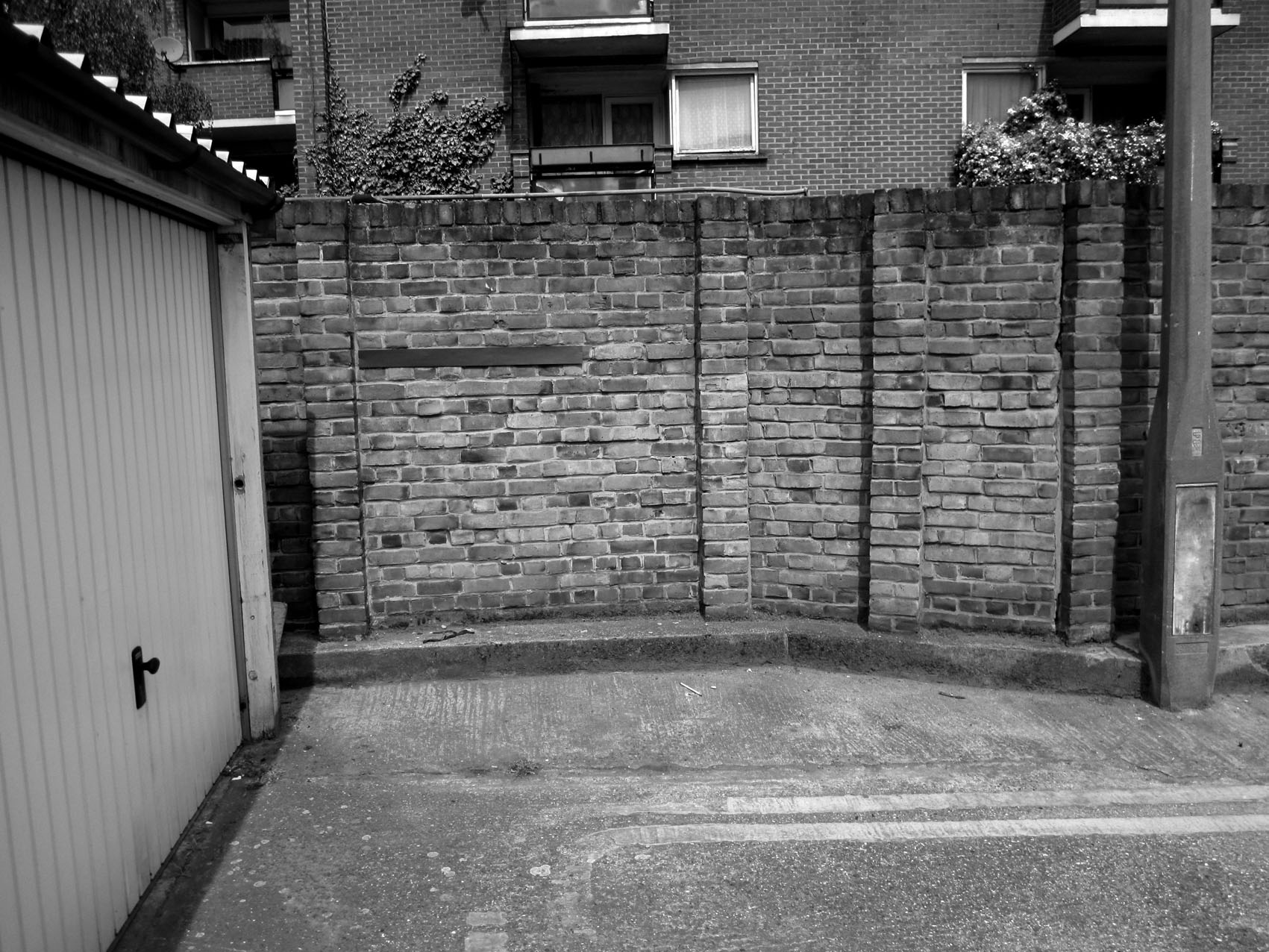
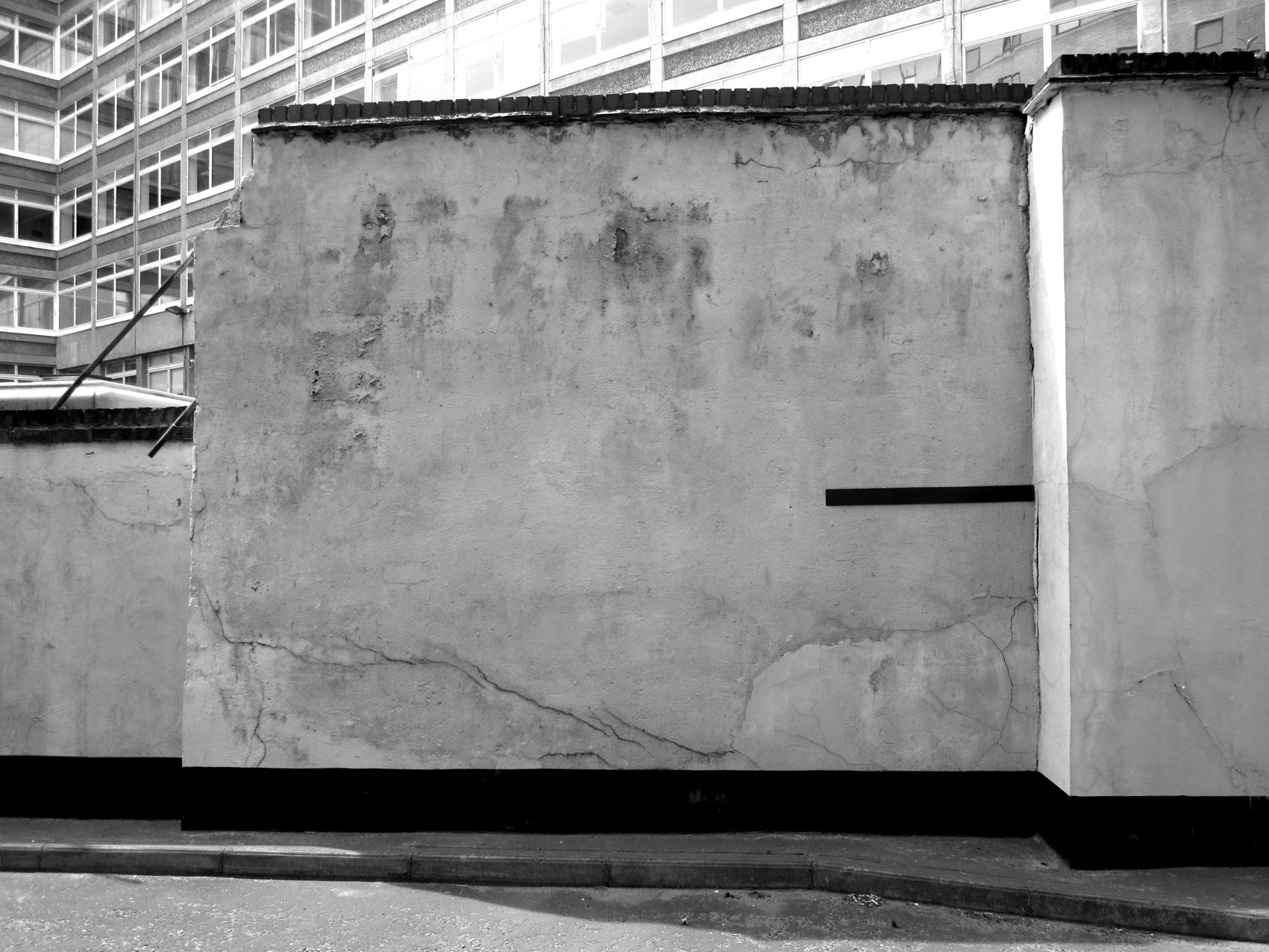
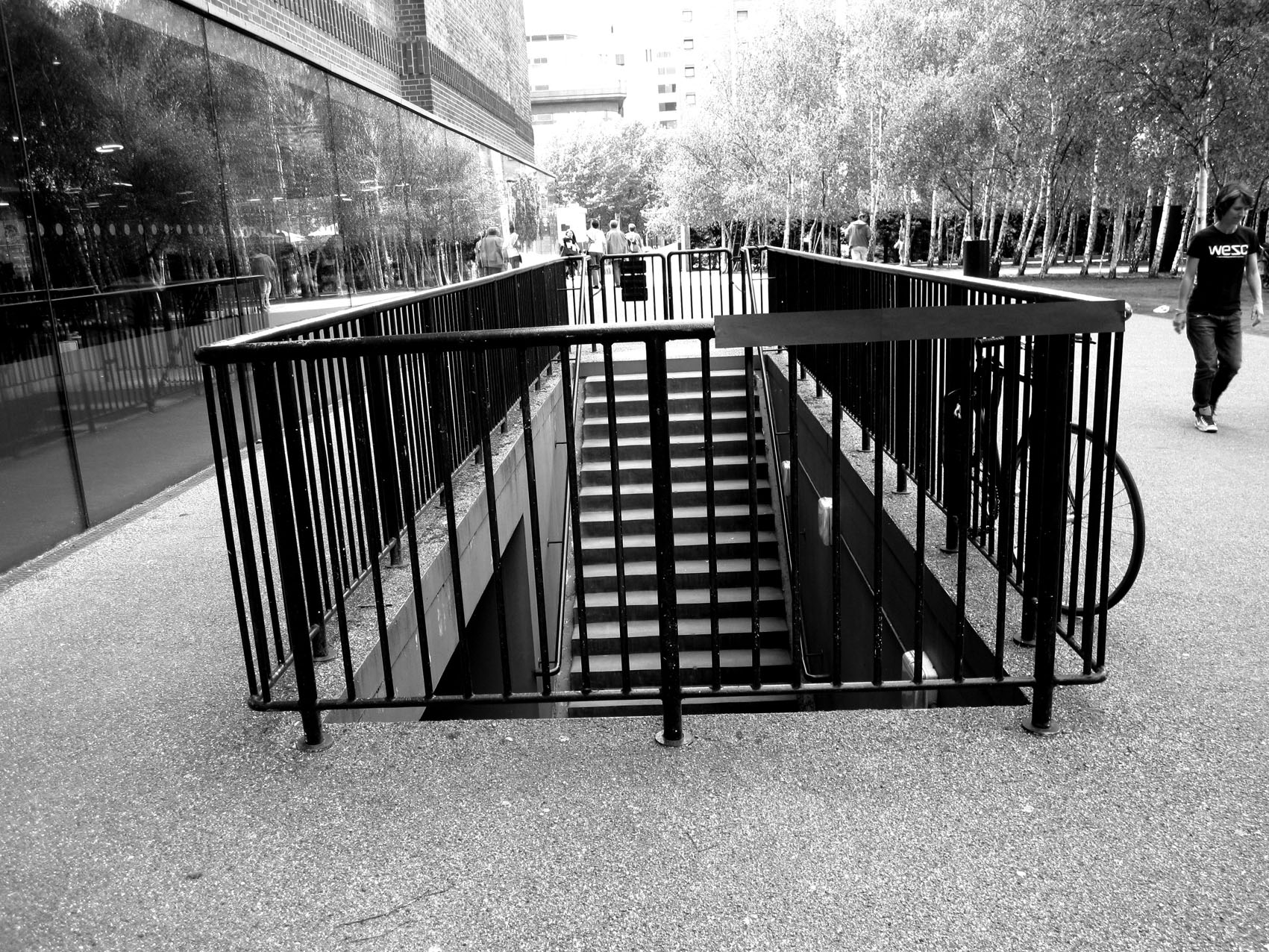

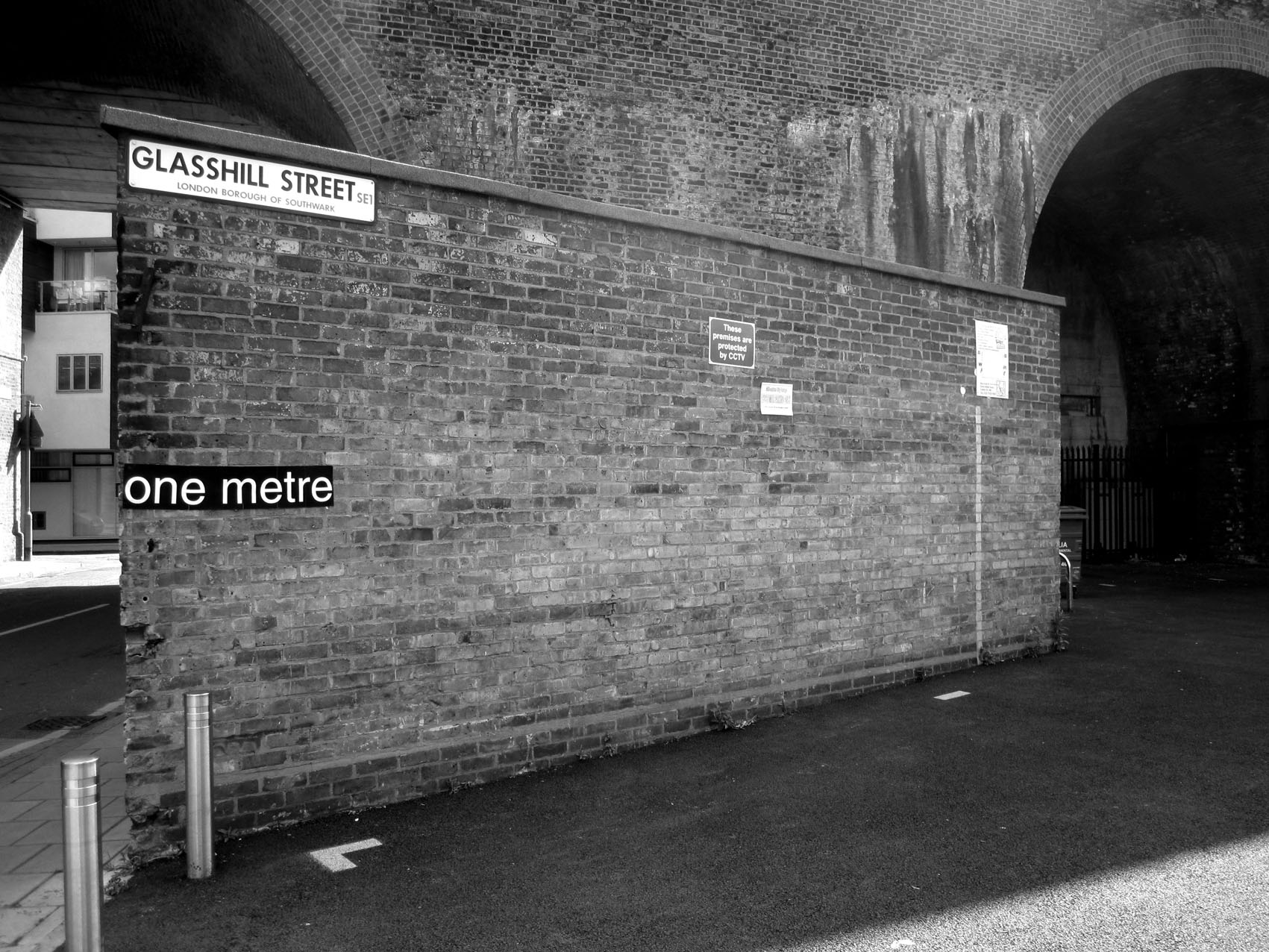
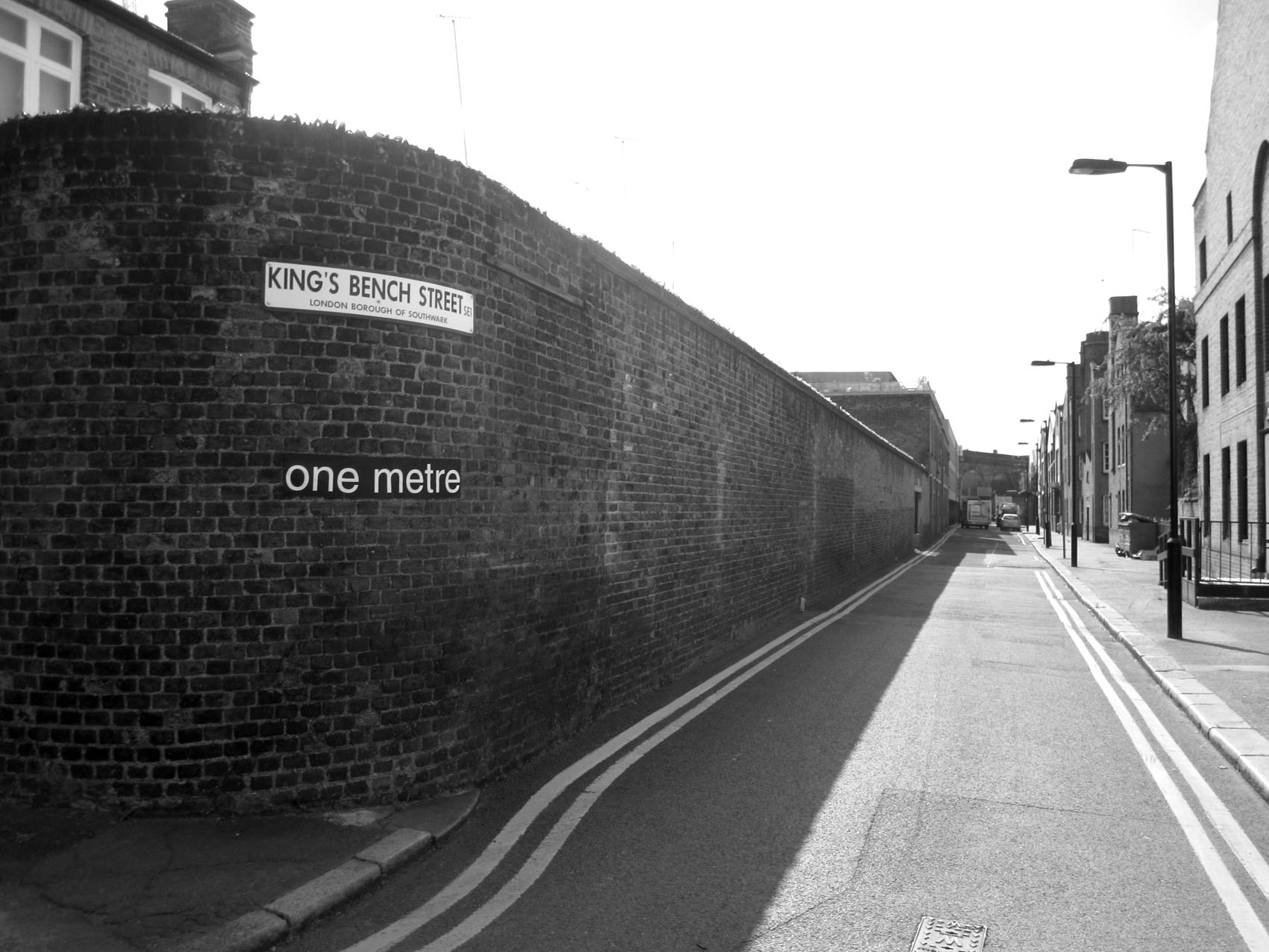





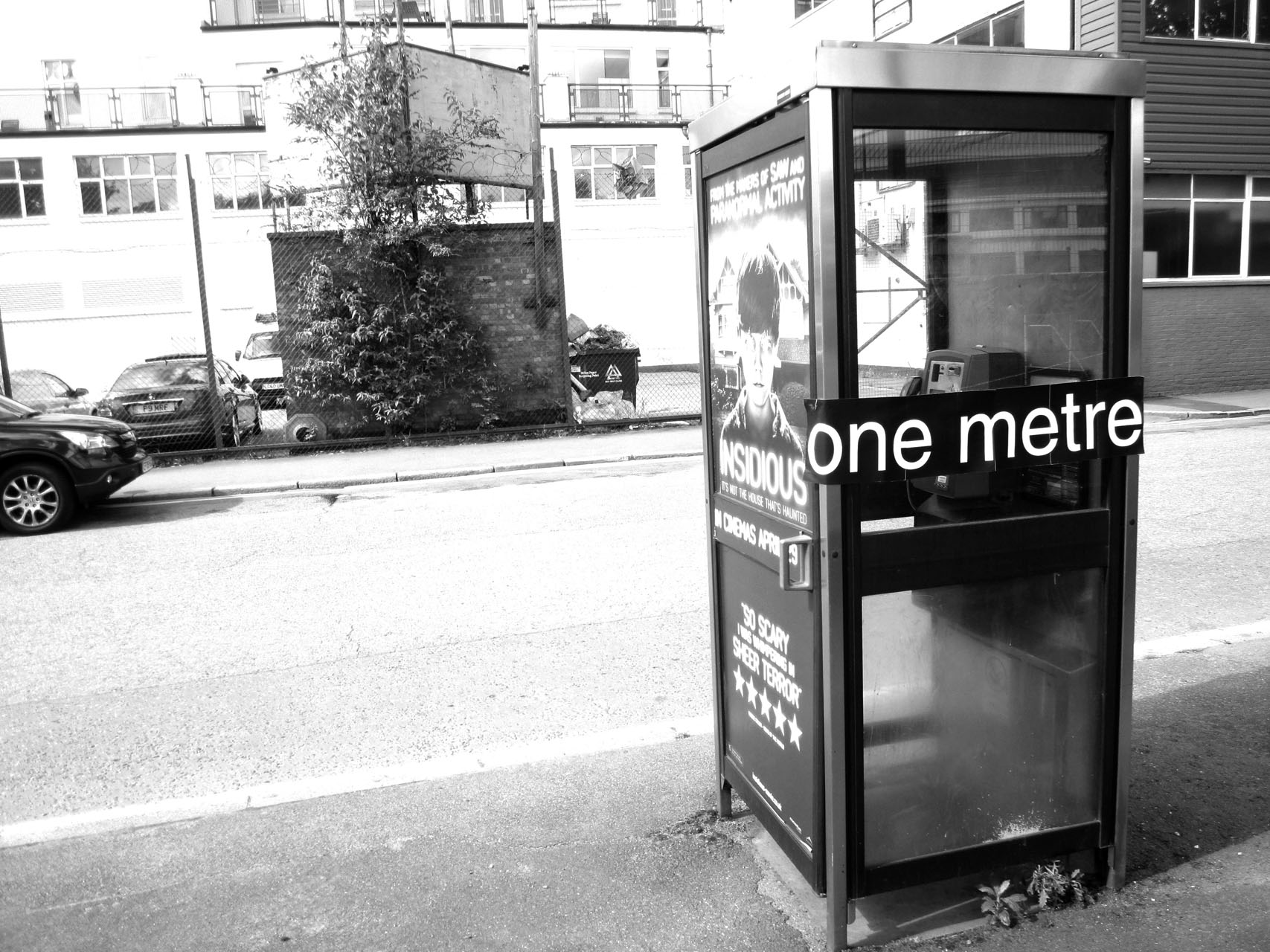


Investigating the Imperial systems Natural Units that can be found directly on the human body.
I have always been fascinated by the concept of space and its immensity. I find this notion of infinite space awe-inspiring, leaving me with a sense of insignificance due to its vast enormity. As a result, I am constantly finding ways to mentally make sense of my surrounding environment. By assigning boundaries to areas of space I am able to quantify and make tangible an otherwise formless expanse, allowing me to appreciate rather than be overwhelmed by it.
I created a tool that is a physical, interactive and a sensory object. The tool is made up of thirteen parts. Twelve of the thirteen parts each contain a cut-out denoting the length of a different Natural Unit varying from the smallest length, the Digit, to the longest, the Fathom. The twelve parts are placed on top of each other. The thirteenth part sits on the very top, it has seventy-two 1 inch cut-outs to give a total length of 72 inches equating to the largest Natural Unit used, the Fathom.
The tool simply shows the 12 Natural Unit lengths in comparison to one another. Also, by placing the thirteenth piece over any of the other pieces the user of the tool would be able to compare the two and therefore be able to give a numerical value to that particular Natural unit. The overall function of the tool is to give the user a device to interact with in order to make them aware of the Natural Units found on the body. From that the user would then be able to apply the knowledge gained about these units into their everyday lives when determining length.

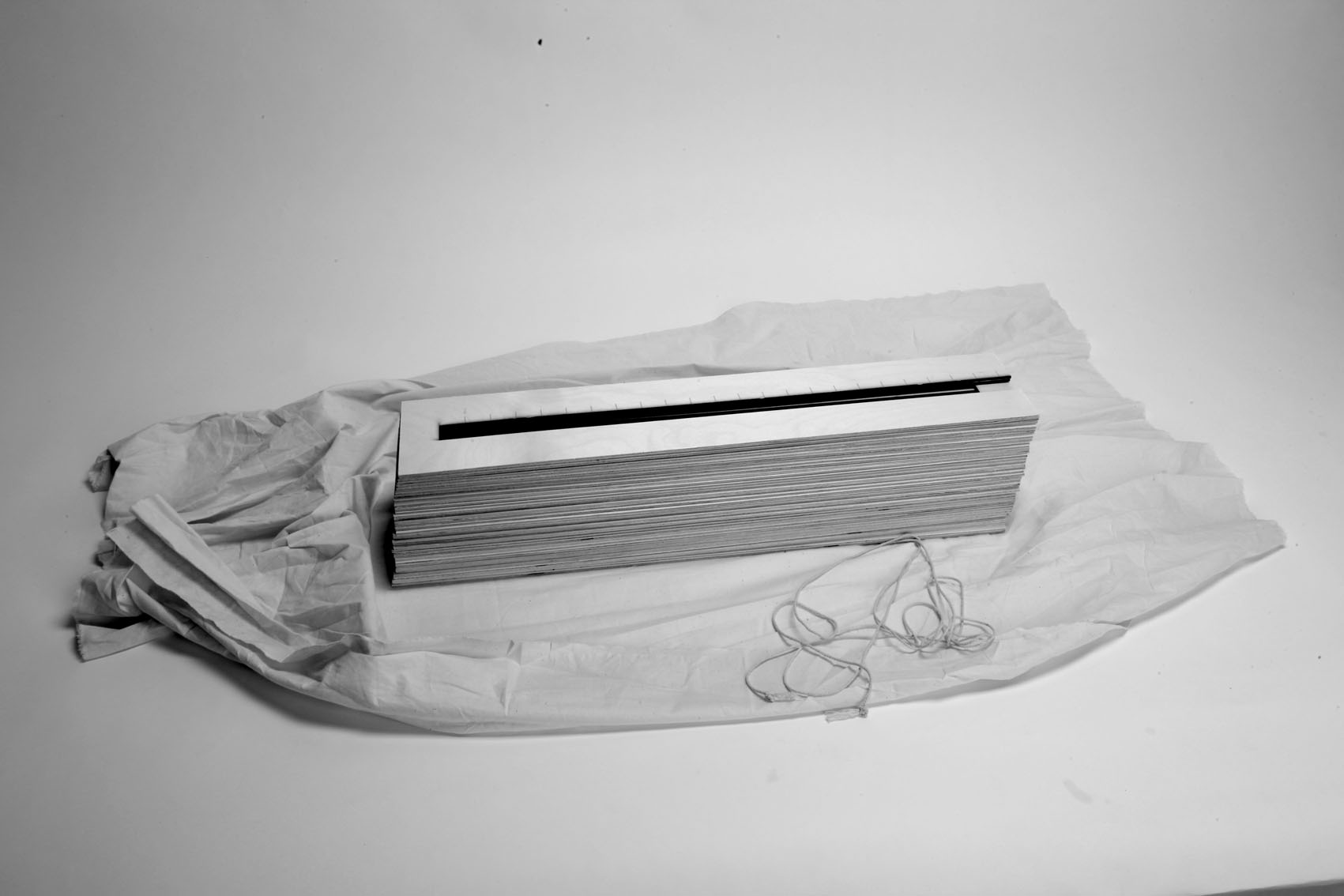

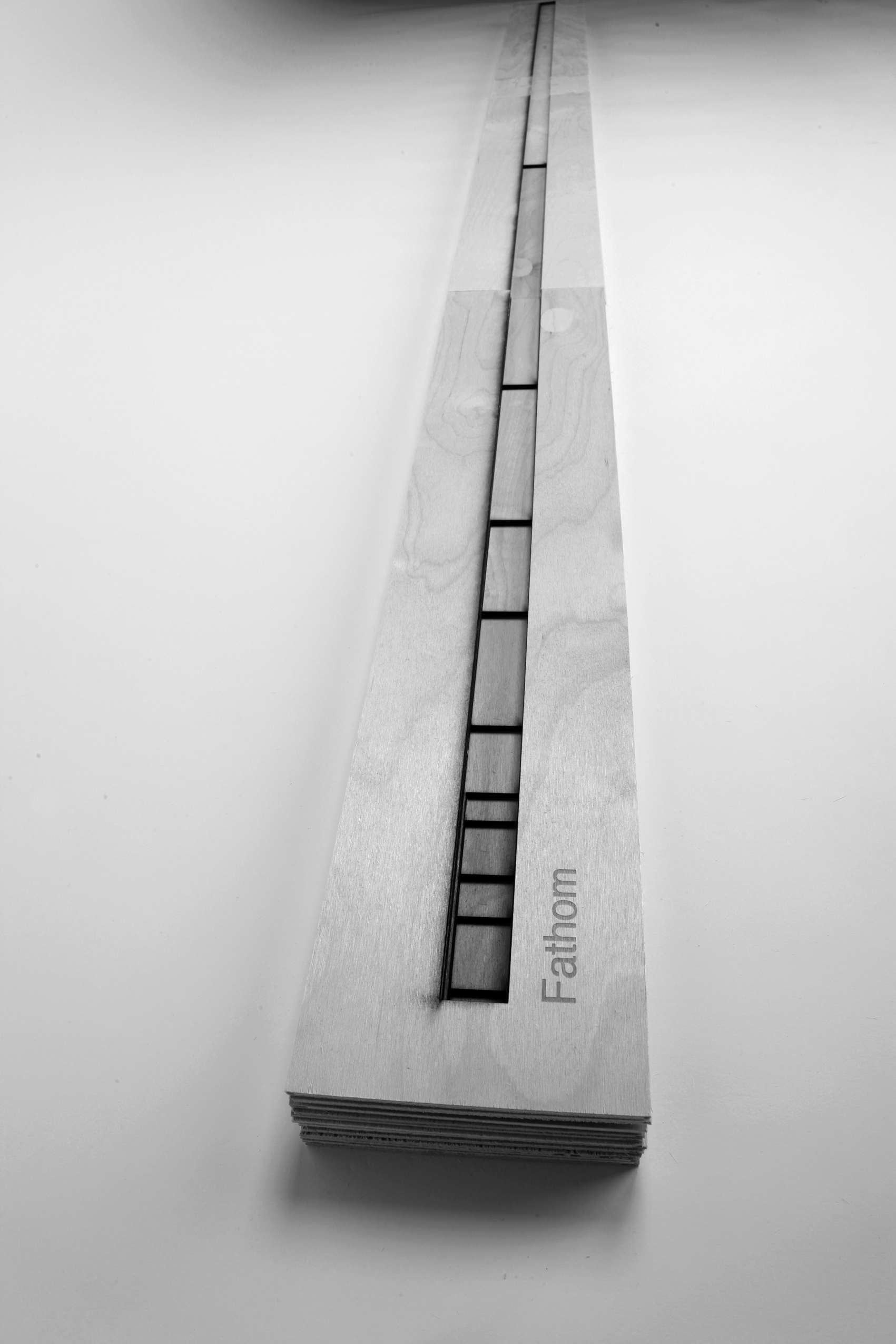





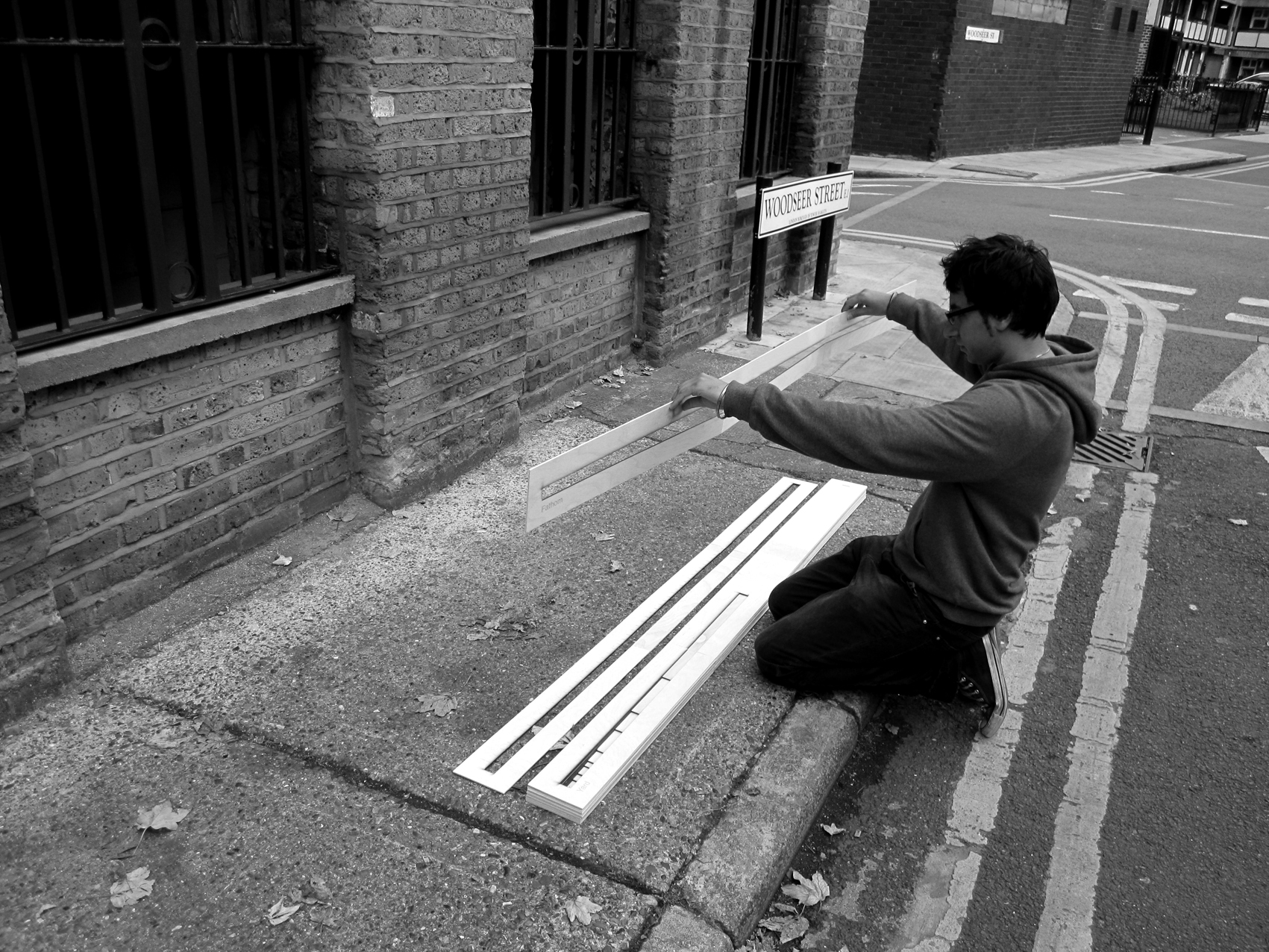

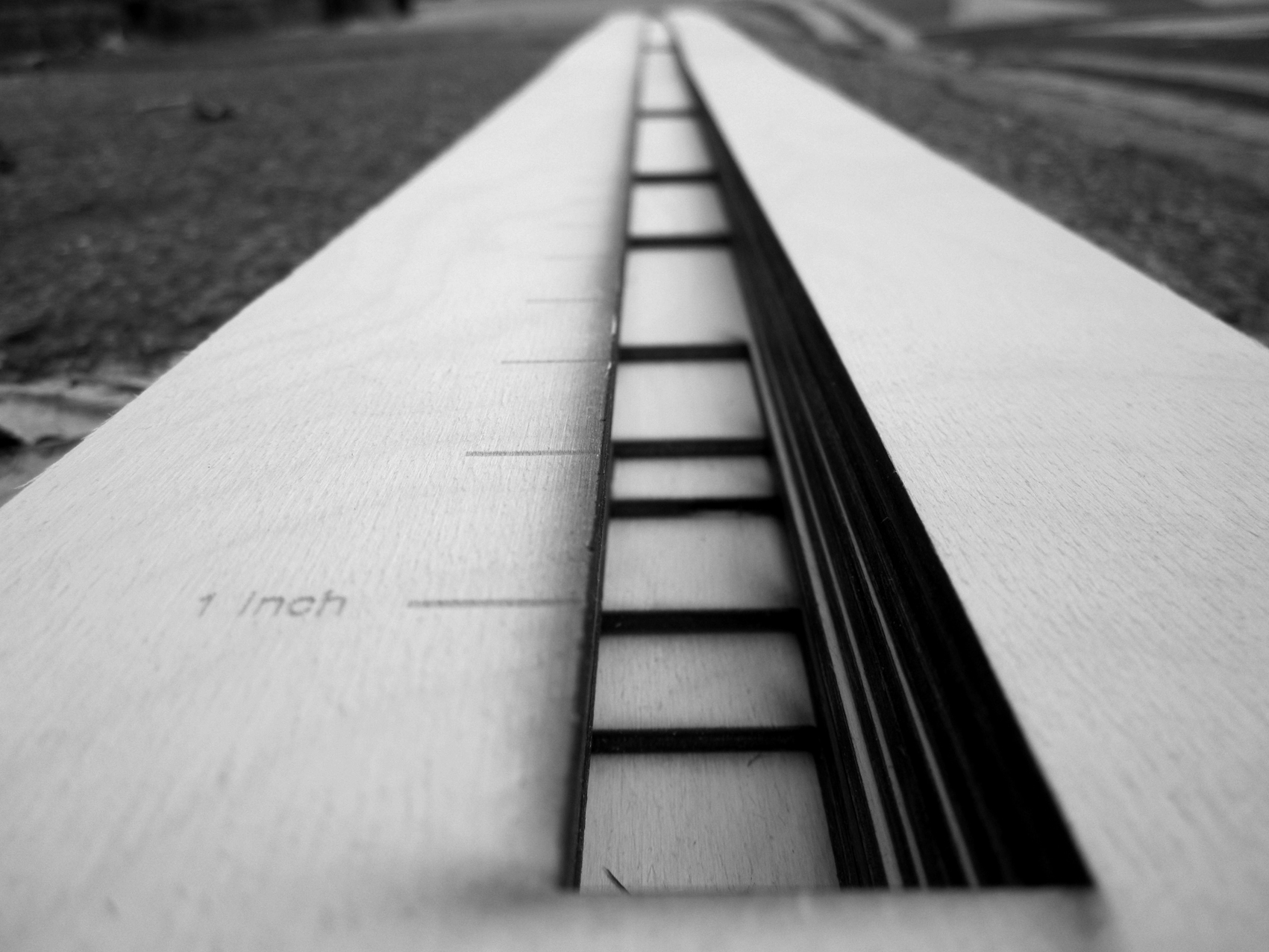
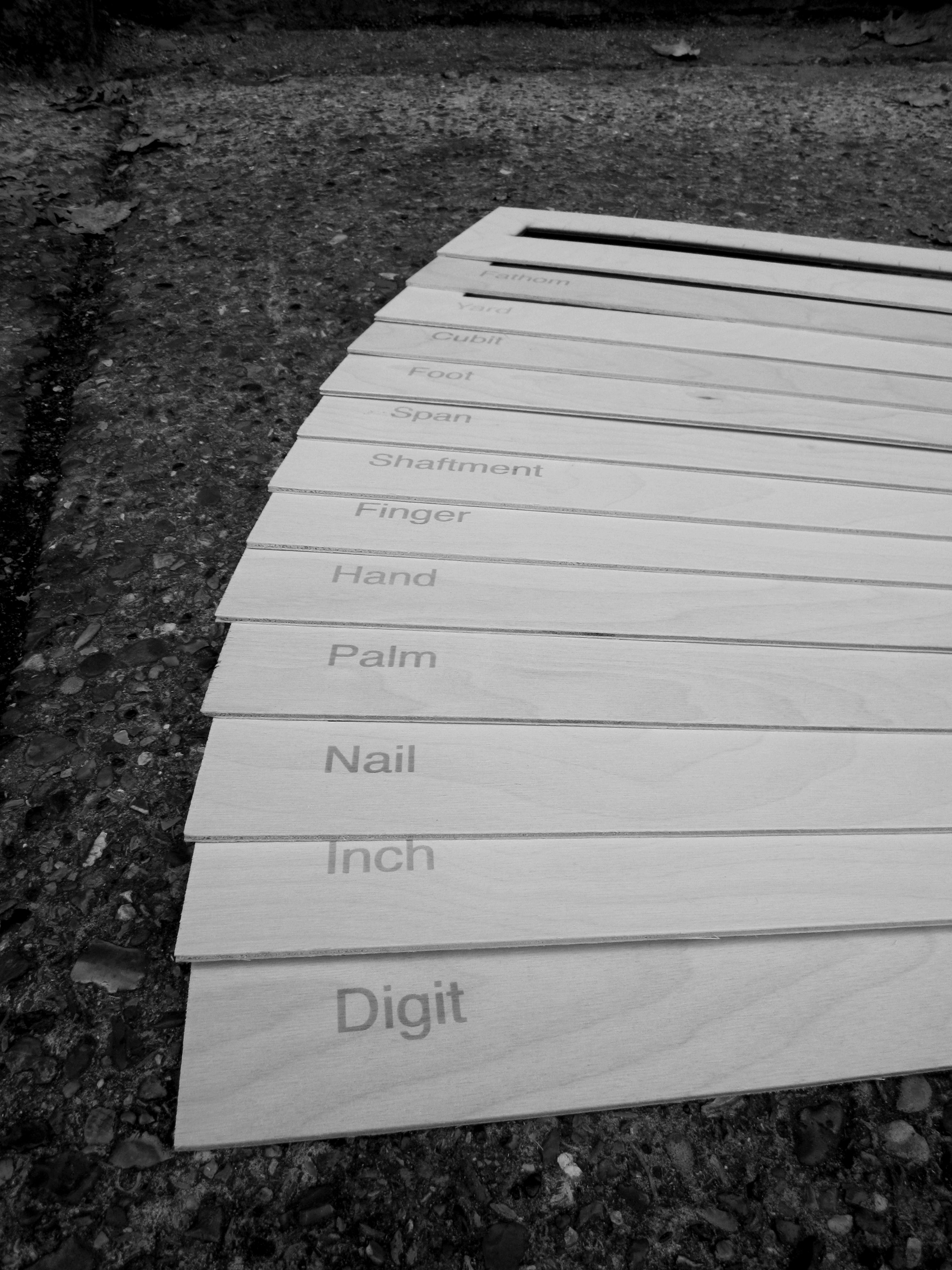
‘Space is the hollow space bounded by a surrounding cover. And therefore it is necessarily exactly large as the thing that it takes up.’
(Aristotelian concept)
The circumference of a dwarf apple tree is 188.49cm. All trees must be spaced 120cm apart to allow room for their roots to spread. I began by drawing ‘trees’ 120cm away from objects in my surrounding environment. I found areas of empty space and filled them with apple trees spaced the optimum distance apart. This was to draw attention to the space being made use of positively.

